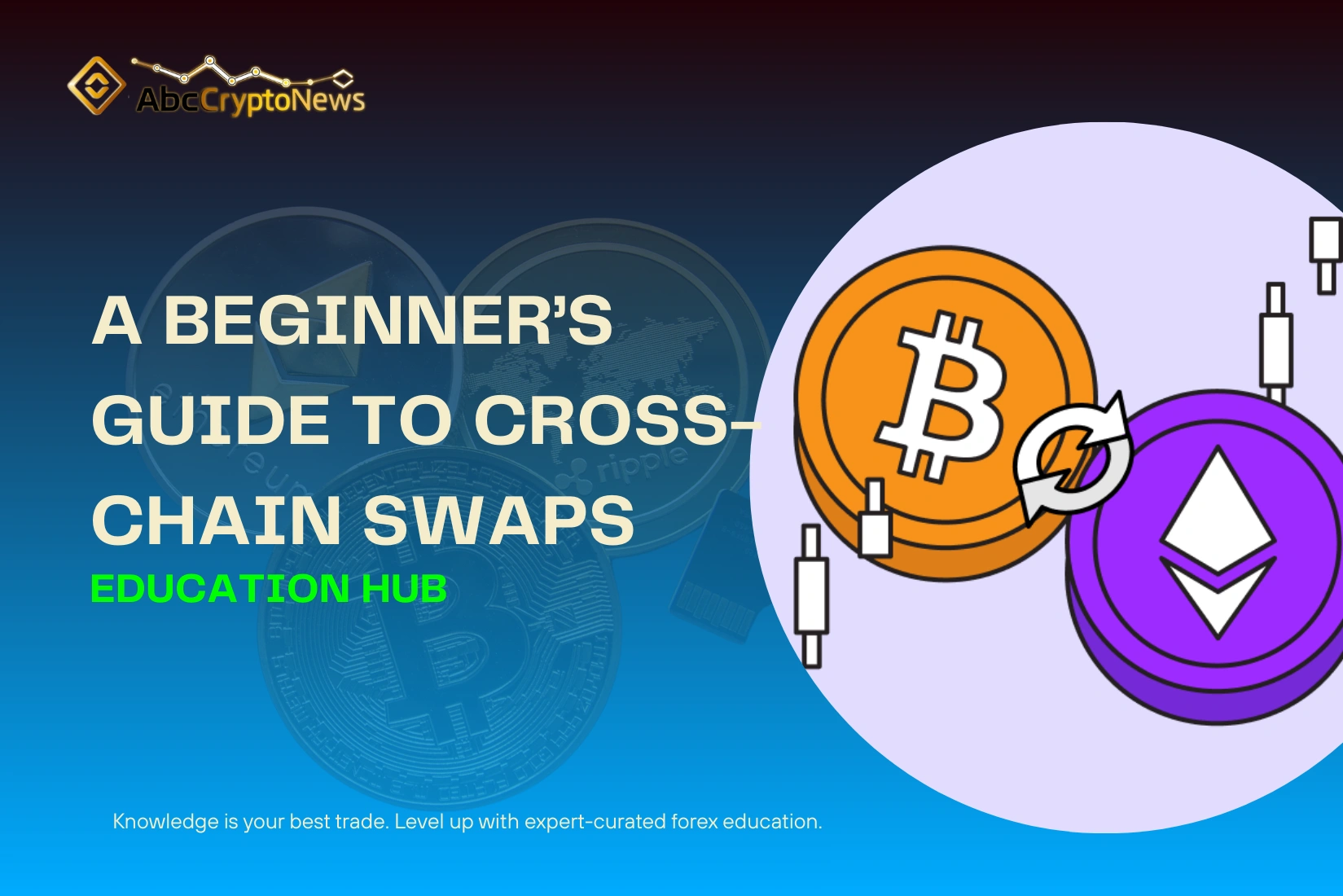Cross-Chain Swaps for Beginners: Navigating Crypto Across Multiple Networks
Summary
Introduction: Why Cross-Chain Swaps Matter
Cross-chain swaps for beginners are increasingly relevant as the number of blockchain networks and digital assets expands. Many traders face the challenge of moving funds between Ethereum, Binance Smart Chain, Solana, and other chains without relying on centralized exchanges. Cross-chain swaps provide a solution, enabling users to exchange assets directly between networks securely and efficiently.
Unlike conventional transfers that require multiple steps through exchanges, cross-chain swaps can occur almost instantly using smart contracts or bridge technologies. This reduces reliance on third parties and allows greater control over funds.
Key Mechanisms Behind Cross-Chain Swaps
Cross-chain swaps function through several mechanisms, each with its own benefits and trade-offs:
- Atomic Swaps – These swaps use smart contracts to lock and release tokens simultaneously on two different blockchains. If one part of the transaction fails, both sides are automatically canceled, ensuring no loss occurs.
- Cross-Chain Bridges – Bridges lock tokens on the original chain and issue equivalent tokens on the destination chain. While they provide flexibility, bridges are vulnerable to hacks or smart contract exploits.
- Decentralized Exchange Aggregators – Aggregators pool liquidity from multiple decentralized exchanges (DEXs) to perform swaps across chains. They offer faster transactions and more liquidity but may include higher fees.
| Swap Type | How It Works | Advantages | Drawbacks |
|---|---|---|---|
| Atomic Swap | Peer-to-peer smart contracts | Fully decentralized, trustless | Limited liquidity, slower |
| Cross-Chain Bridge | Lock-and-mint token system | Supports multiple chains | Security risk, bridge-dependent |
| DEX Aggregator | Combines liquidity from various DEXs | Higher liquidity, faster swaps | Fees vary, more complex setup |
Practical Example: Making Your First Cross-Chain Swap
Consider a beginner named Ben who owns 2 ETH but wants to acquire a Solana-based token. Using a cross-chain swap platform:
- Ben connects a multi-chain wallet like MetaMask or Phantom.
- He selects ETH as the source asset and the Solana token as the target.
- The platform shows network fees and estimated swap completion time.
- Ben confirms the transaction, which executes automatically via smart contracts or a bridge.
- Within minutes, the Solana tokens appear in Ben’s wallet.
Real-world feedback from blockchain forums shows that beginners often hesitate initially due to unfamiliarity with network addresses, fees, and confirmation steps. Starting with small amounts helps mitigate risk while building confidence.
Benefits of Cross-Chain Swaps
- Decentralization: No need for third-party exchanges.
- Speed: Transfers can be faster than withdrawing and depositing through exchanges.
- Direct Access: Enables trading of assets native to other blockchains.
- Cost Efficiency: Lower fees in some cases, although network congestion may affect costs.
Risks to Be Aware Of
Cross-chain swaps are not without challenges:
- Smart Contract Vulnerabilities: Bugs or exploits may lead to asset loss.
- Network Congestion: Some blockchains may slow down the swap process or increase transaction fees.
- Liquidity Limitations: Low liquidity can cause slippage or partial swaps.
- Regulatory Concerns: Certain regions monitor cross-chain transactions, especially when assets are considered securities.
Beginners should carefully evaluate the platform, check security audits, and begin with smaller transactions to reduce exposure.
Step-by-Step Beginner Guide
- Set Up a Compatible Wallet: Ensure your wallet supports multiple blockchains.
- Choose a Reputable Platform: Research swap platforms with a proven track record.
- Review Fees and Exchange Rates: Compare rates to avoid unexpected costs.
- Confirm Transaction Details: Check token addresses and amounts carefully.
- Monitor the Swap: Wait for confirmations and verify receipt in the destination wallet.
By following these steps, users can navigate the complexities of cross-chain swaps safely and confidently.
Emerging Trends in Cross-Chain Technology
The future of cross-chain swaps is promising. Innovations in interoperability, such as Cosmos’ IBC protocol and Polkadot parachains, are enabling smoother asset transfers. Platforms are integrating automated insurance against slippage or bridge vulnerabilities, increasing trust for new traders.
Blockchain forums and trading communities indicate growing adoption of these swaps as a standard method for managing multi-chain portfolios. As DeFi protocols continue to expand, cross-chain swaps are likely to become a cornerstone of decentralized trading.
Conclusion
Cross-chain swaps for beginners provide a practical, secure way to move assets across blockchain networks without centralized intermediaries. By understanding swap mechanisms, assessing risks, and following step-by-step procedures, traders can leverage this technology safely. With ongoing developments in cross-chain interoperability, these swaps are set to play an essential role in the decentralized finance ecosystem.




